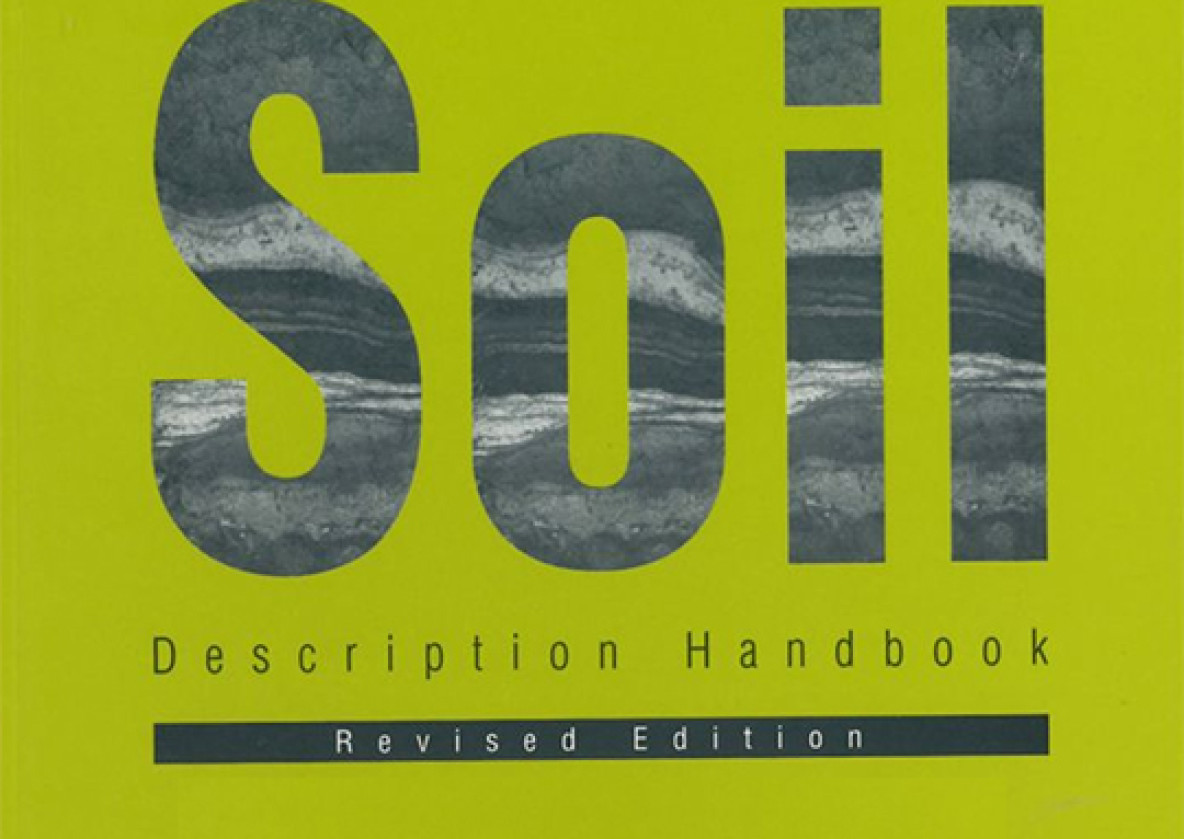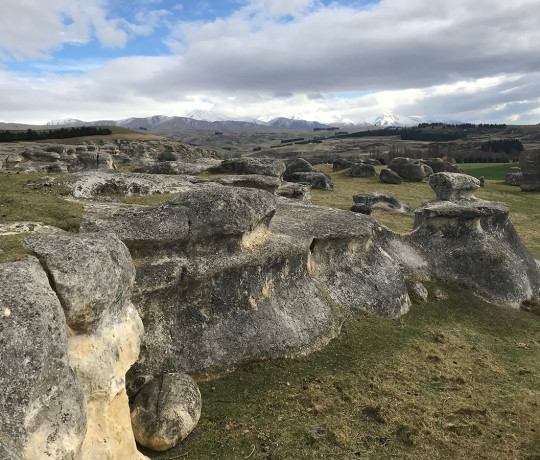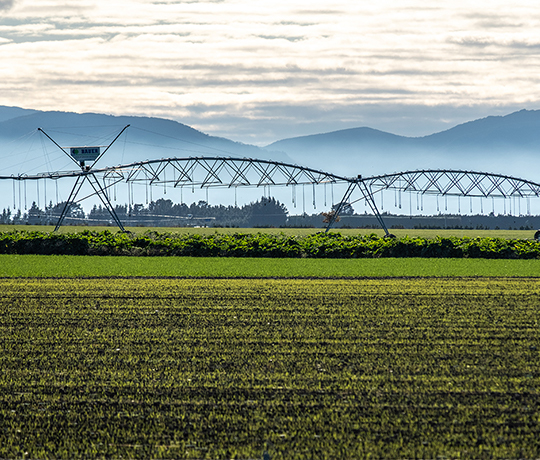The soil profile as a product of soil formation
The 'soil alphabet'

'Pitch-black at the top slowly grades into a thin line of bleached grey. The transition from grey back into black is more distinct and sharply drawn. A shimmer of oxidic red appears just underneath, closer to the bottom of the soil profile.' What sounds like a critic’s appreciation of an artist’s painting is, in fact, the description of a sequence of connected soil horizons.
Whether different in colour or texture, thickness or bulk density, each soil horizon is the product of particular soil-forming factors and specific processes related to them. The flow of water together with a low pH value, for example, triggers organic-mineral complexes in solution to move down the soil profile. The translocation of these complexes leads the topsoil to bleach, and the colour of the subsoil horizons changes where iron oxides and organic substances precipitate.
Overall, the two processes of translocation and transformation define the appearance of soils. Both processes move and alter organic and mineral matter, and both cause different soil horizons to form.

Soil scientists use a combination of capital and lower-case letters to describe individual soil horizons and to identify soil’s unique characteristics1. For example, in the sequence Ah-E-Bh-Bs-C, each letter or letter pair applies to one soil horizon. And the sequence of horizons classifies it as a particular soil type.
The principles of soil taxonomy are based on an approach that includes soil horizons, the alphabet of soil, as its fundamental unit: Capital letters distinguish different master horizons from each other, e.g. A, B, C, R, whereas lower-case letters, h, t, p, and s, describe more soil-specific characteristics within each individual master horizon. Prefixes placed in front of a capital letter relate to soil characteristics that are defined by geology, while suffixes following a capital letter differentiate characteristics caused by processes of soil formation3.The term 'soil type'2 is used by soil scientists to distinguish different soils. However, taxonomic rules for naming different soil types vary from country to country. National classification schemes construct a general basis for soil description, while international soil taxonomies, such as the World Reference Base for Soil Resources (WRB) or the US Soil Taxonomy, were established to enhance the comparability of soils across countries and continents.
Pitch black and carbon-rich in the topsoil (Ah), bleached through the vertical movement of water and matter just below (E), painted in black by the accumulation of organic matter (Bh), aluminium enriched and oxide-red, iron-precipitated in the Bs horizon just above sandy parent material (C). The New Zealand Soil Classification (NZSC) defines a sequence of Ah-E-Bh-Bs-C horizons as a Podzol Soil. Although not generally considered a very fertile soil, what a beautiful tableau!
Milne, J. D. G.; Clayden, B.; Singleton, P. L.; Wilson, A. D.
Soil description handbook

1 Scheffer & Schachtschabel (2010). Lehrbuch der Bodenkunde. 16th edition.
2 Leser (2010). Woerterbuch Allgemeine Geographie. 14th edition.
3 Scheffer & Schachtschabel (2010). Lehrbuch der Bodenkunde. 16th edition.

